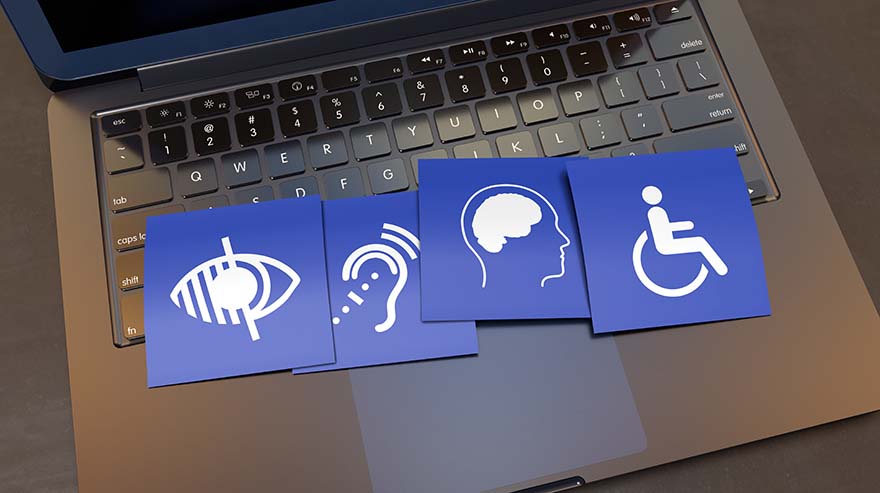Metropolitan State University of Denver is a pioneer of accessibility to higher education for “nontraditional” students and first-generation students. These days, a significant percentage of learners searching for higher education are working adults with families and jobs. However, traditional teaching methods are geared toward 18- to 22-year-olds. How can we adapt our methodology to meet the needs of our adult students?
Malcolm Knowles, himself a pioneer in adult learning, established his work on the concept of andragogy (the art and science of how adults learn). He noted that adults:
- Need to know why they are learning something.
- Learn through doing.
- Are problem-solvers.
- Learn best when the subject is of immediate use.
- Prefer social interaction.
- Want to use their life experiences in the classroom.
- Want to integrate innovative ideas with existing knowledge.
All these aspects of adult learning can be accomplished successfully with appropriate instructional design and course delivery.
Take a SIP of Andragogy: supporting adult learners
Strauss & Gardner (2020) promote essential recommendations for educators of adult learners. Two quick takeaways of their advice are:
Treat adult students as individuals as often as possible. This is not always easy and is certainly more difficult and time-consuming with larger class sizes. This can be accomplished by allowing students to use their voice and share with their instructors how they learn best. Be willing to “learn as much as you can about each student and teach each person in ways that they find comfortable and learn effectively” (Strauss & Gardner, 2020). Some ways this can be operationalized in the classroom in person and online are:
- Asking students to meet for 10 minutes per semester one-on-one.
- Checking in regularly with students to confirm their understanding of material and concepts presented.
- Encouraging students by giving positive feedback and affirming their individual learning process.
- Using their name when possible in assignment feedback. Personalization can help students connect to the information.
- Using a student information sheet that lets you learn about factors that may not be visible in the classroom but impact their learning. Have them email it or upload it to a space that only you can see.
- Allowing space for autonomy. For example: In long classes, ask students if they need a 10-minute break. This can especially be rapport-building when students have gone from class to class without time to take care of their basic needs to hydrate and nourish.
Diversify instructional methods. Learning isn’t a linear process, especially for adults who juggle multiple responsibilities along with school. Teaching essential information in multiple ways (e.g., through tools such as Hypothes.is, Flipgrid, Whiteboard/Jam boards, presentation style, audiobooks, podcasts, spliced movie clips, graphic-arts infographics, diagrams, role play) can really make an impact. As a result, adult students with different ways of learning may be reached and gain deeper understanding.
- Utilize differentiated instruction by teaching identical curricula to all learners by means of diverse instructional approaches.
- Enhance the learning environment by allowing for group discussions on one side of the room and space on the other side for the individual who may need to process information alone.
- Encourage students who need written information to print off their materials.
- Allow diversity in deliverables, for example: Written papers, oral reports, dioramas, songs, poems and other methods of delivery can be allowed to demonstrate learned concepts.
- Erin Lynch (2020), proposes that educators employ “scaffolded instruction” by providing well-defined specific explanations with graphics. Orally and visually clarify the subject matter. “Use anchor charts, drawings, diagrams and reference guides to foster a clearer understanding. If applicable, provide a video clip for students to watch” (Lynch, 2020).
- With STEM learners, it can be helpful to begin a class session by asking thoughtful questions intended to pique interest, stir a challenge for critical thought and steer the lesson (Moore & Porter, 2021).
- Encourage teamwork. Collaboration with peers can often give adult students a space for team-tackling often-challenging material (Moore & Porter, 2021).
Still thirsty? Take another SIP of Andragogy: supporting adult learners
One way for a professor to support adult learners is to gauge whether they are meeting students’ needs by conducting Critical Incident Questionnaires. This assessment is typically done in a brick-and-mortar setting but is fully adaptable to an online course. This assessment takes minimal time to complete, and Brookfield (2015) states that “for a class size of 30-35 students,” the educator can read and evaluate general thoughts, ideas and problems in 30 minutes or less (p.35).
See also:
Brookfield, S.D. (2015). The skillful teacher: On technique, trust, and responsiveness in the classroom (3rd ed.). San Francisco, CA: Jossey-Bass.
Knowles, M.S., Holton, E.F. III, & Swanson, R. A. (2015). The adult learner: The definitive classic in adult education and human resource development (8th ed.). New York: Routledge.
Visit the Well for more great ideas and resources for Strong Instructional Practices in your higher-education classroom.








